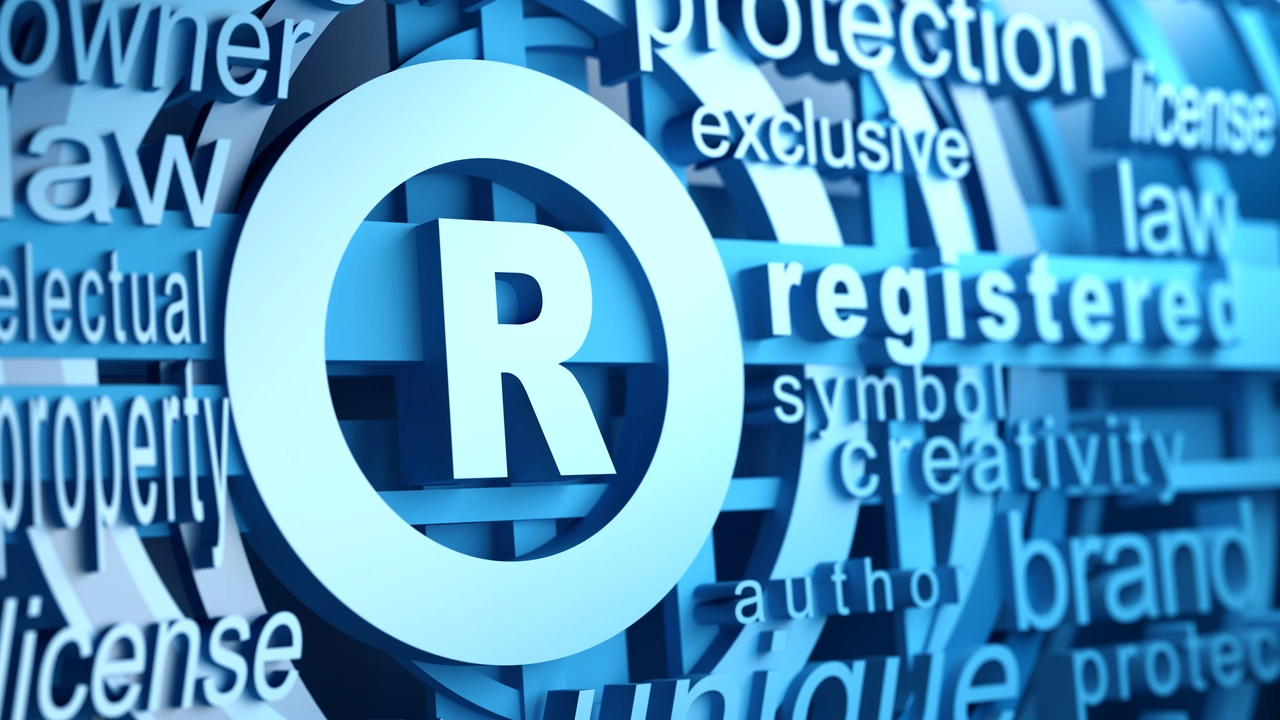What's in a Name?
Ever since that fateful day when my spouse, Abigail, and I got into a hearty debate about the legality of slapping a trademark symbol on made-up words, this question has stuck with me like a stubborn leech. Here's the thing about Abigail, she's a hard-core trivia buff, a relentless digger of obscure knowledge. And thus, from the depths of her ever-pulsating brain, came this query, disrupting my otherwise serene afternoon. And as we laughingly bandied about new and outlandish word creations, I thought, 'why not dive deep into this topic for my readers?' So here we are!
Unraveling the Mystery of Trademarks
A trademark, for those of you who haven't had the pleasure of navigating its mind-numbing intricacies, is a recognizable sign, design, or expression used to identify and distinguish a company's goods from the goods of others. Trademarks are typically brand logos or names, but they aren't exclusively limited to these. Anything that helps a consumer identify the source of goods can potentially be a trademark - a color, a shape, a sound, even the smell of a product. The crucial element in trademarking is distinctiveness. And this is where made-up words enter the fray like knights in shining armor!
Made-up words: The Untapped Goldmine
Now, when we think of made-ups words, our minds often race to the mesmerizingly quirky world of Dr. Seuss or the magical realm of J.K. Rowling. But the business world conducts its own wizardry with made-up words, conjuring brands that stick in our minds and roll off our tongues. Just think about it – Google, Xerox, Kleenex, and many more. These words didn't exist before they were minted into world-renowned brands. So surely, you must be thinking, it's okay to slap a trademark on a made-up word? Well, the answer is both yes and no!
Fiction or Fact: The Trademark Saga
It's perfectly legal to trademark a made-up word, in fact, it's encouraged. As I mentioned before, the key to successful trademarking is distinctiveness, and what could be more unique than a word of your own creation? However, it's not as simple as pulling a whimsical gibberish out of a top hat. The patent office evaluates potential trademarks on a 'distinctiveness continuum,' ranging from 'generic' to 'arbitrary/fanciful.' Your made-up word needs to be at the far end of the spectrum, being arbitrary or fanciful to qualify for a trademark. So, it's not just about making up a word; it's about creating a word that can function as a source-identifier.
The Do's and Don'ts of Trademarking Made-Up Words
To navigate the murky waters of trademarking a made-up word, there are a few things to keep in mind. Don't create a word that merely describes your goods or services because descriptions aren't unique or distinctive and fall short of distinctiveness. However, do create a word that is arbitrary, meaning a known word used unrelated to your goods or services, or fanciful, i.e., entirely made up. Keep your creation original, relevant, and most importantly, distinctive!
My Brush with Trademarks
Now, don't get me wrong, I'm just a humble blogger, not a legal expert. However, in my past life (read: young and naive), I dipped my toes into the icy waters of business. The memory still elicits a warm chuckle. 'Fitzroy's Fineries,' a blown-glass jewelry venture I spearheaded. And as it happens, the name 'Fineries' was a concoction of my fevered imagination. I was staunchly convinced it was enough to soar my business into the realm of Tiffany's and Cartier. Alas, my homemade trademark dream went awry. My fascination with word-play doomed the venture to obscurity. The trademark office found 'Fineries' to be too descriptive and denied my trademark application. So, let my folly be a lesson to all ambitious entrepreneurs out there.
The Final Word
When making up a word for a trademark, it's crucial to strike a balance between creativity and relevance. An entirely arbitrary term may lack any emotive association with the product, while a purely descriptive term runs the danger of failing the distinctiveness test. Also, let's not forget the importance of a thoroughly conducted trademark search. You don't want your shiny new word to be accidentally infringing on someone else's trademark, now do you? As I have learned (the hard way), there is a world of a difference between knowing the path to trademarking and walking the path. So, tread carefully, my friends!

